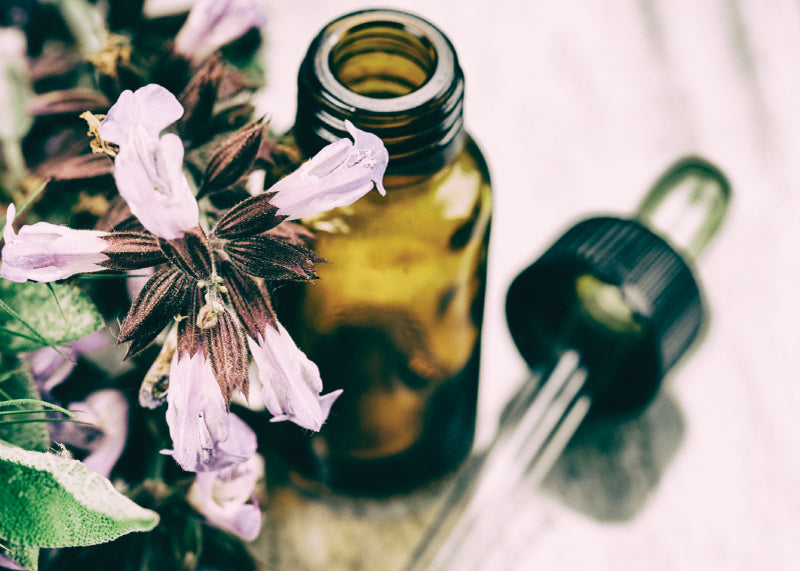Herb Article
Pasque Flower
By Katie Browning
 Common Name
Common NamePasque Flower, Wind Flower or Anenome
Latin Name
Pulsatilla vulgaris (European origin); Pulsatilla patens (North American origin, blue/purple flower species found in prairies or sub-alpine, common name prairie crocus or common pasque); Pulsatilla occidentallis (white flower species found in moister montane, sub-alpine and alpine zones in Western Canada, Montana and Idaho) *Note: The old Latin name genus is — Anenome
Family
Ranunculaceae (Buttercup Family)
Description
Pasque is a beautiful, fuzzy, blue/purple or white flower that is usually one of the first to pop its head through the snow in spring! It is usually only 5-10" high, with tiny silky white hairs encompassing the thick stems, leaves (that are deeply sub-divided) and flower. The flower is large in comparison, usually 2-3" in diameter. Bloom time is generally April to June.
Parts Used
The leaves, flowers and above ground parts of the plant.
Folklore and Mythology
The name Anenome comes from the Greek word for wind; anemos. Anenome or Pasque flower is associated with the wind and the Greek myth of the Nymph Anenome, who was the beloved mistress of Zepher, God of the west wind. The Goddess Flora, Zepher's wife in a rage of jealousy turned Anenome into the little wind flower. In the language of flowers Anenome or Pasque represents all that is forsaken in love.
Medicinal Properties
Pasque is an excellent nervous system remedy. It specifically helps for anxiety that is associated with insomnia, nervousness, heart palpitations and weepiness where the person feels vulnerable and frail. It is also great for emotions associated with hormonal fluctuations, life transitions, or changes, such as; menopause, divorce, and anxiety about birth. Pasque also has anti-spasmodic and analgesic (pain-relieving) properties. It can soothe dysmenorhea (painful periods), digestive colic/cramping, respiratory and muscle spasm. Pasque also increases venous circulation, to induce sweating and break fever (diaphoretic), and eruptive infections. The homeopathic preparation has similar applications and also is used for mucus membranes where there is yellow-thick green catarrh. The flower essence is particular for people who have changeable emotions. It engenders inner strength, vitality and stability.
Contra-indications/Precaution!
Pasque is potentially dangerous in normal herbal doses. Drop doses, homeopathic or flower essence preparations are recommended. Toxicity can included skin allergy, urinary/kidney irritation, decreased heart rate, and convulsions. It should never be taken without consultation with a qualified health practitioner.
Preparations & Applications
Tincture — An alcohol extract of the fresh plant. Use drop doses, 1-5 drops.
Flower Essence — 1-3 drops in water or under the tongue as needed.
Homeopathic — 5cc to 30cc; consult with your homeopath.
Sources
Kershaw, Linda: Edible and Medicinal Plants of the Rockies
McIntyre, Anne: The Complete Floral Herbal
Tilford, Gregory L.: Edible and Medicinal Plants of the West
Van Wyk, Ben-Erik and Wink, Michael: Medicinal Plants of the World




